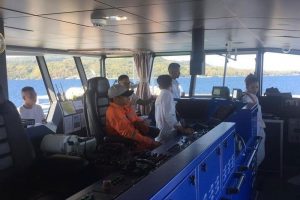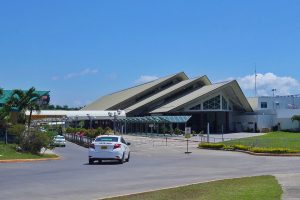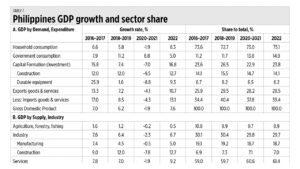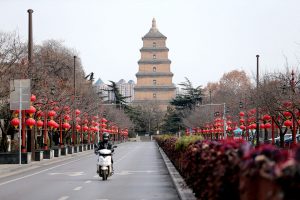Maharlika’s Consing outlines fund’s proposed structure

By Luisa Maria Jacinta C. Jocson, Reporter
THE Maharlika Investment Corp. (MIC) is hoping to organize itself along the lines of a unit investment trust fund to steer the sovereign wealth fund towards a “sectoral and tactical” approach in investing.
“I’m going to be proposing a structure where it’s going to be a unitized fund. What I’ve presented at least to the advisory board is a sectoral approach and a tactical approach,” MIC President and Chief Executive Officer Rafael Jose D. Consing, Jr. said in an appearance on ANC late Wednesday.
“In the tactical approach,… you can create an MIF for infrastructure, an MIF for energy. So (co-investors) that have very specific objectives can then invest in those,” he added.
Mr. Consing has said that he targets a doubling in the MIC’s seed capital to P250 billion over the next two years.
Under the law creating the Maharlika Investment Fund (MIF), the P125-billion initial funding will be provided by the Land Bank of the Philippines and Development Bank of the Philippines, which will supply P50 billion and P25 billion, respectively. The National Government is also being counted on for P50 billion.
The MIC has an authorized capital stock of P500 billion.
Mr. Consing said he plans to tap domestic and overseas funding to raise the MIC’s capital.
“You’ve got both institutional and retail investors, so they’re coming in at the same price. This is not going to be like an initial public offering (IPO), because they’re not actually buying shares, they’re buying participation in unit trust funds,” he said.
He cited the need to address energy issues to attract more investors.
“Of the pain points investors have identified… Number one is the cost of energy; and number two is the need for their products to be acceptable in more developed economies (through the greater use of) mostly renewable power,” he said.
“One of the things we want to do is distributive generation, meaning create renewable capacity or renewable energy for ecozones directly,” he added.
Mr. Consing has also floated proposals for agro-forestry industrial urbanism projects.
“What it is is creating clusters making use of idle government land, turning them into clusters to (create) a ‘mega ecozone,’” he said.
“Within that, develop agricultural facilities where you basically put together the farmers and those that process their products to reduce their logistics cost and similarly reduce the need for middlemen. The benefits of that are improved climate, cleaner air and the generation of carbon credits we can sell; from there we can generate additional capital to reinvest,” he added.
Mr. Consing also said townships within the mega ecozones will allow people to live where they work.
The MIC is focusing its investments on tourism infrastructure, agro-urbanism, energy security, and digital infrastructure.
It is expected to be operational before year’s end.




